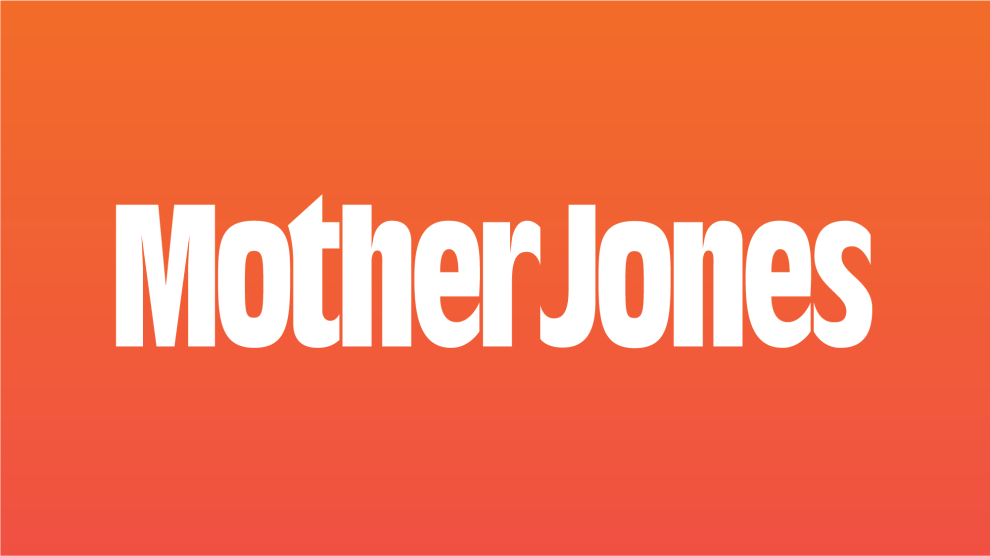
In his many public remarks since a gunman carried out the deadliest mass shooting in modern US history, Donald Trump has not specifically mentioned the weapon used in Orlando: a military-style “Black Mamba” MCX. But Trump is quite familiar with the manufacturer of the rifle, Sig Sauer—he and his sons have used the gunmaker as a backdrop for Trump’s presidential campaign.
Last May, as Trump was poised to launch his presidential bid, he personally toured the Sig Sauer factory in New Hampshire, where the company makes most of its 74,000 semi-automatic rifles sold in the US market. This February, his sons Donald Trump Jr. and Eric toured the factory, posing for a photo with MCX rifles. And early this year Trump addressed a crowd at the National Shooting Sports Foundation’s annual trade show in Las Vegas, where his sons also posed for photos with Sig Sauer representatives.
Why the relationship with Sig Sauer? As the fifth largest supplier of firearms in America, Sig Sauer employs roughly 900 people in New Hampshire, a crucial early primary state. Visiting a gun factory, especially in a state known for its libertarian streak, is an easy way for politicians to demonstrate to voters that they’re not soft on guns. Such optics may have been important in the early going for Trump, who back in 2000 said he supported a longer waiting period for gun buyers and a ban on assault weapons.
In a statement to Mother Jones, Trump spokesperson Hope Hicks said: “Hillary Clinton has taken hundreds of thousands of dollars from gun and ammo manufacturers, including the maker of the assault rifle. What’s worse: knowing the manufacturer, or taking money from them?”
Hicks did not provide any evidence supporting her claims, and she did not respond to specific questions about Trump’s relationship with Sig Sauer. The company did not respond to a request for comment.
“We have not taken any donations from gun manufacturers,” said Clinton campaign spokesman Josh Schwerin. “The latest false accusation from the Trump campaign is just another in a long line of outlandish claims from a campaign that has a well-documented aversion to the truth. This is just another attempt to distract from Trump’s dangerous and divisive agenda and his complete rejection of common sense gun reforms supported by the vast majority of Americans.”
A search of campaign records by the watchdog group Open Secrets did not turn up any donations from gun manufacturers to Clinton or her super PAC.* Clinton has received $34,913 from “gun control interests” and Trump has received $10,036 from “gun rights interests,” according to the group.
Trump isn’t the only candidate who has forged ties with Sig Sauer. Last December, then GOP presidential candidate Ted Cruz joined Sig Sauer representatives for a shooting demonstration at an Iowa gun range. The company has donated up to $50,000 to the National Rifle Association and sponsors the NRA News series “Defending Our America.” For more on Sig Sauer, read Mother Jones’ investigation into America’s 10 biggest gunmakers.
Correction: Citing a report from Open Secrets, this story originally stated that Hillary Clinton had received $10,100 from “gun rights interests.” But an Open Secrets spokesman says the figure was “an error on our part” resulting from “poorly identified individual matches.”














